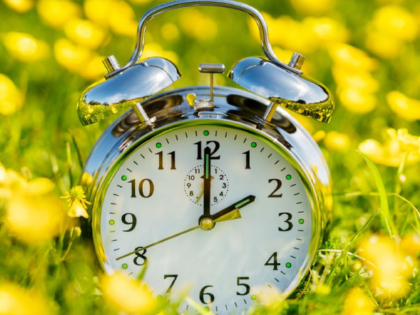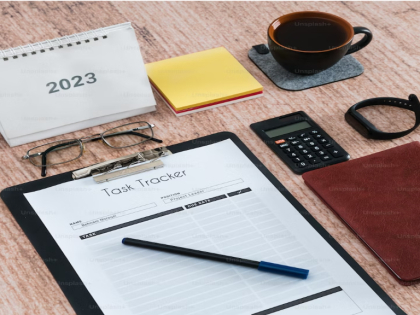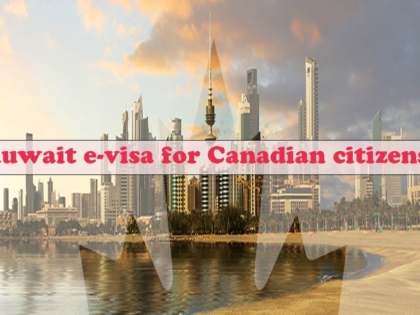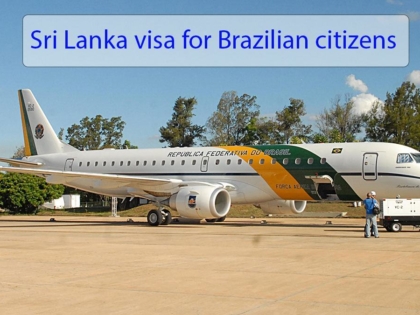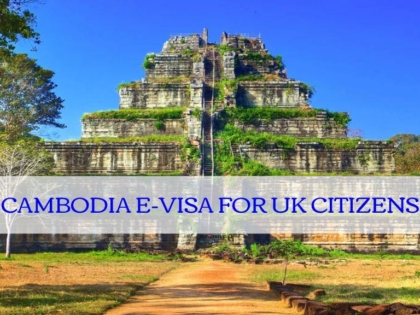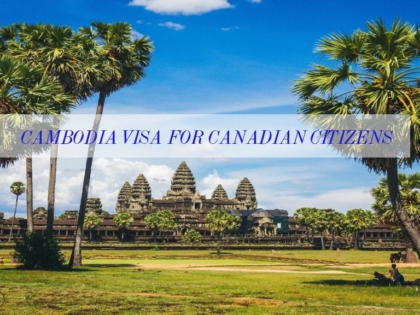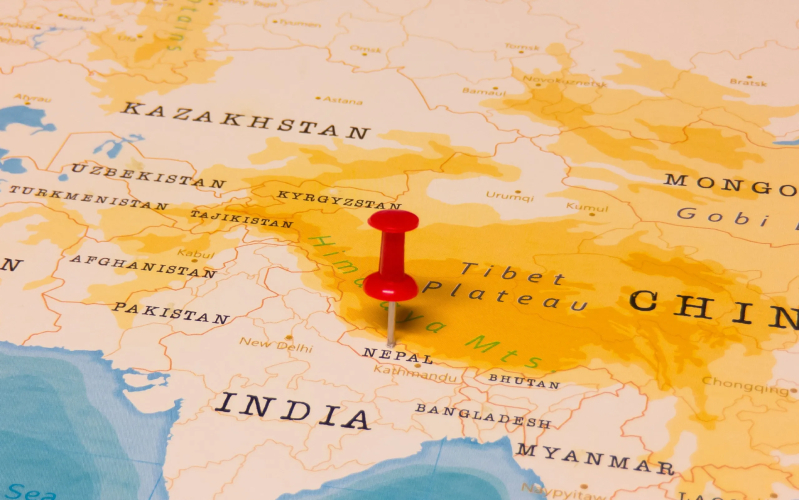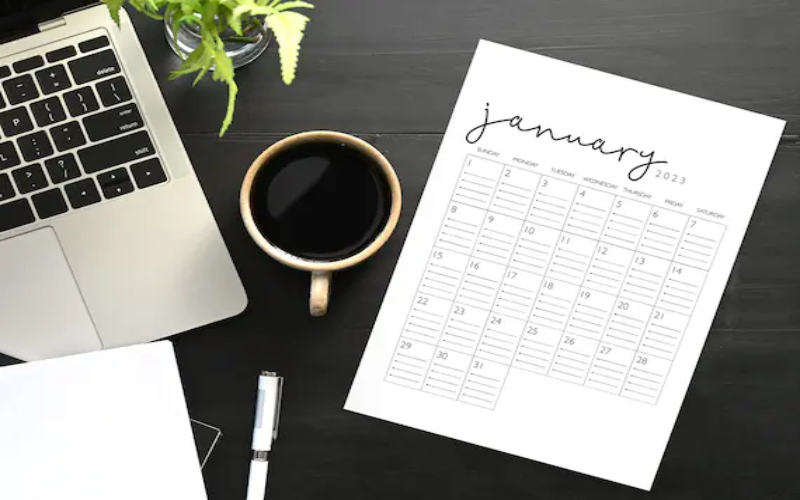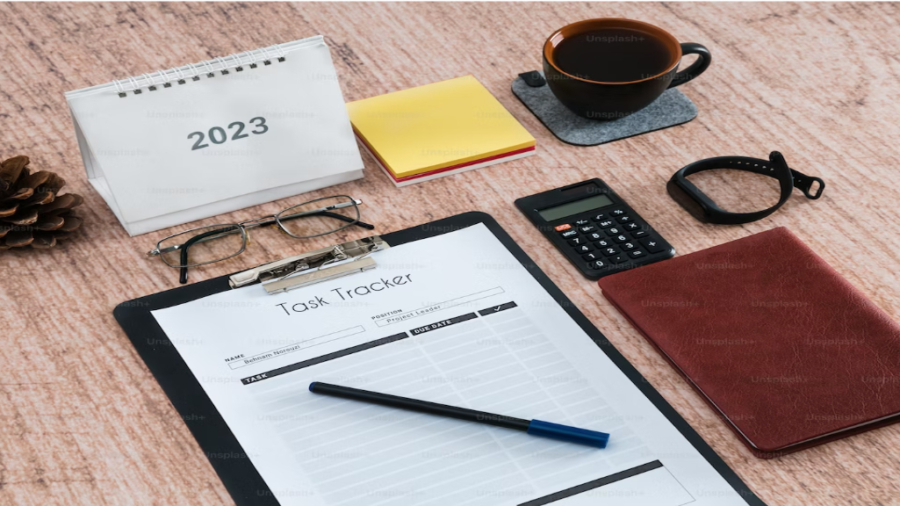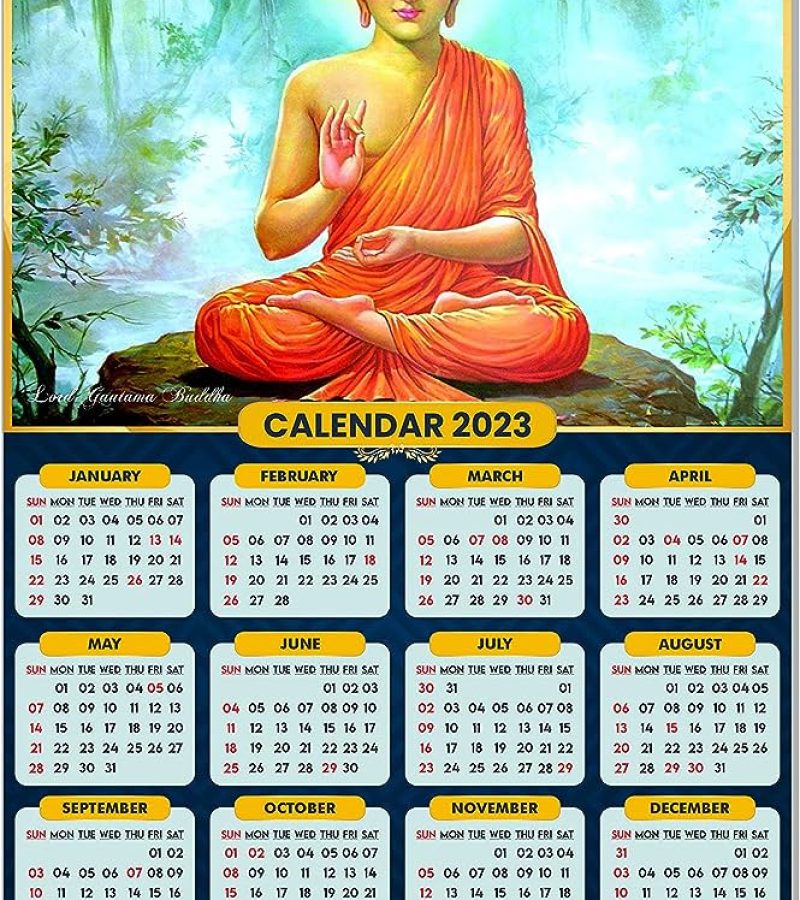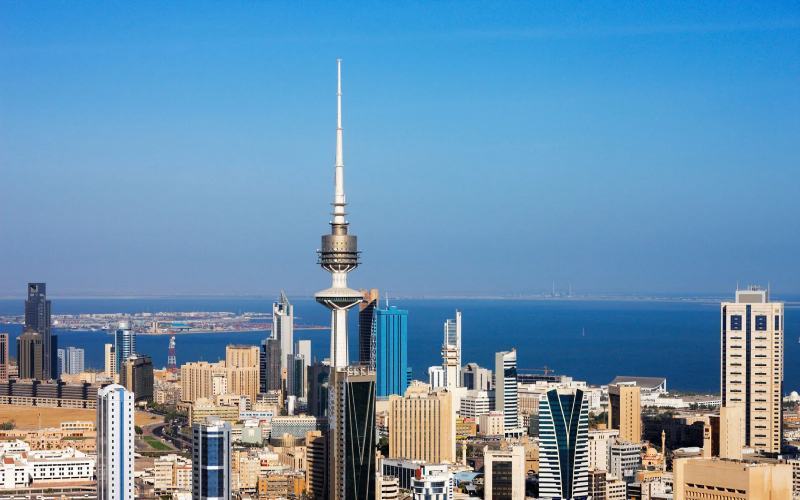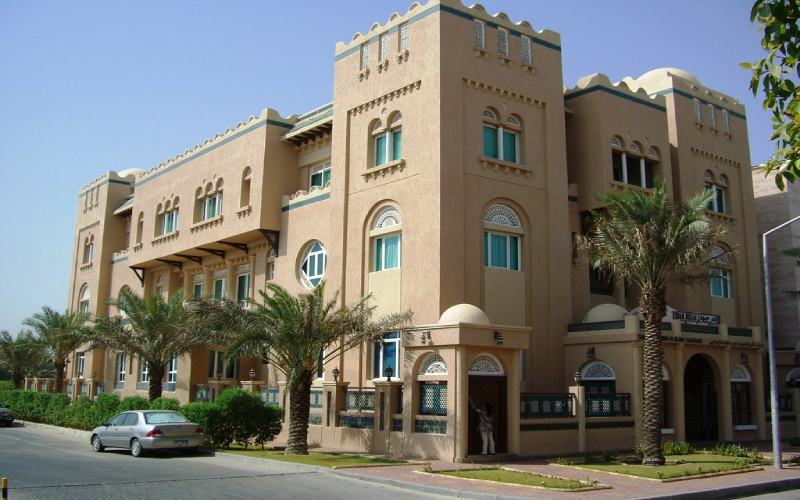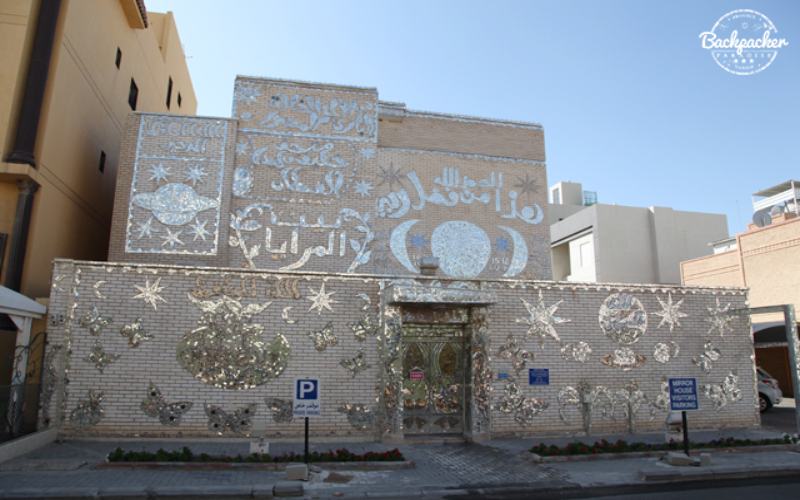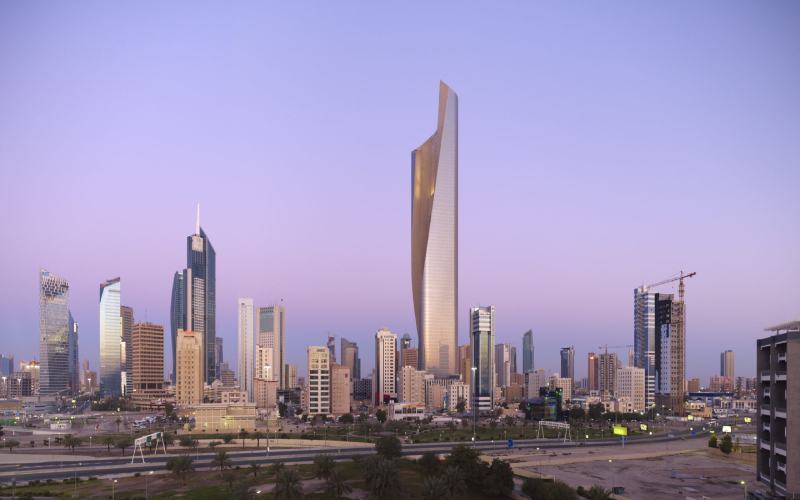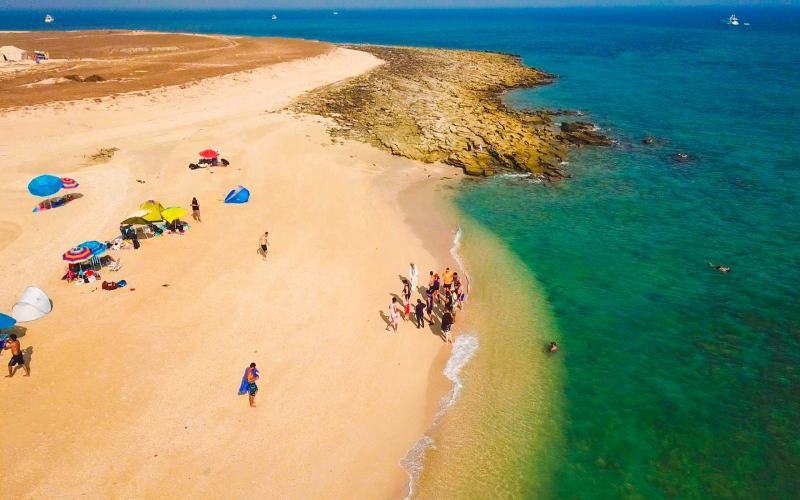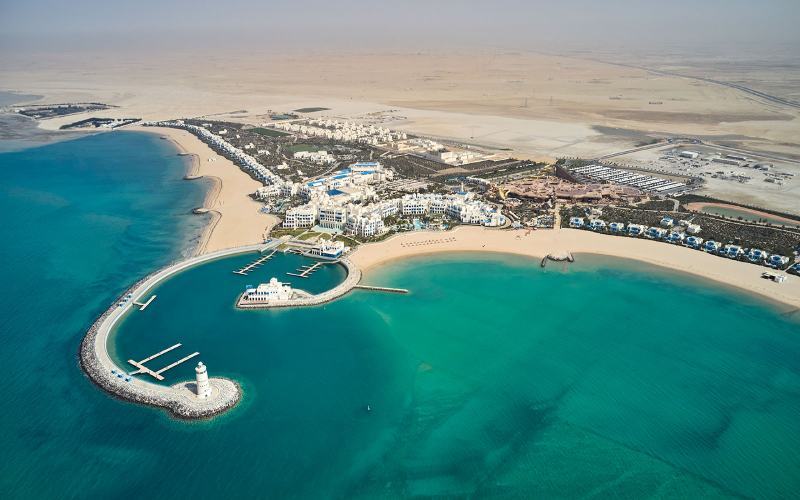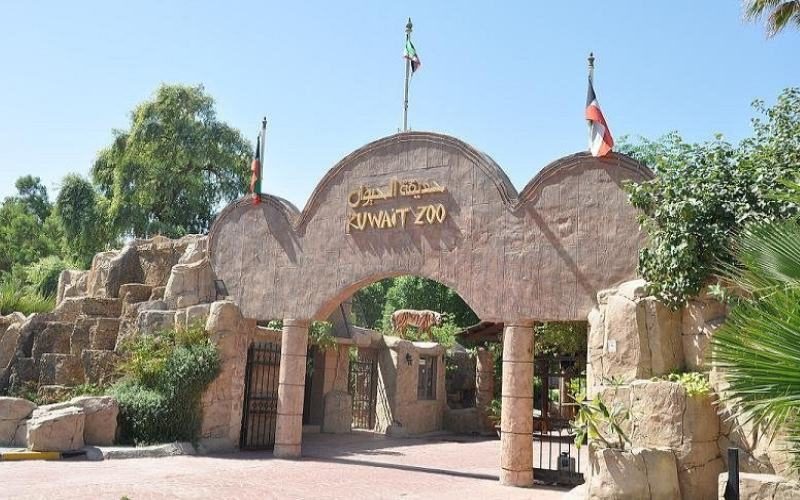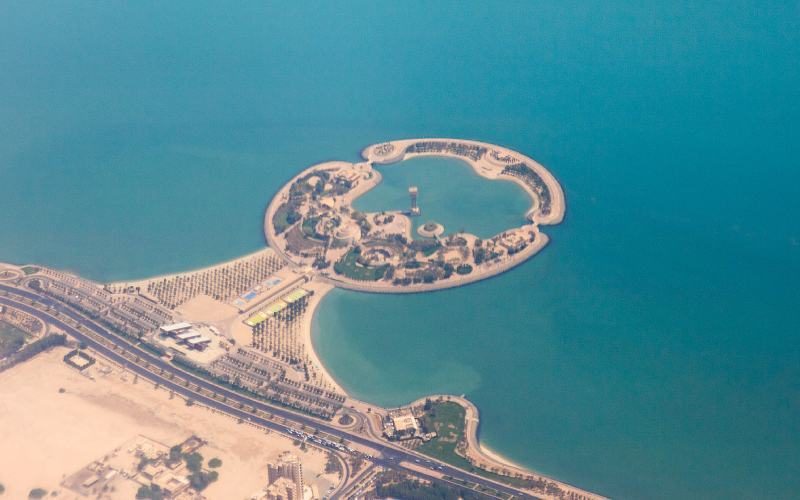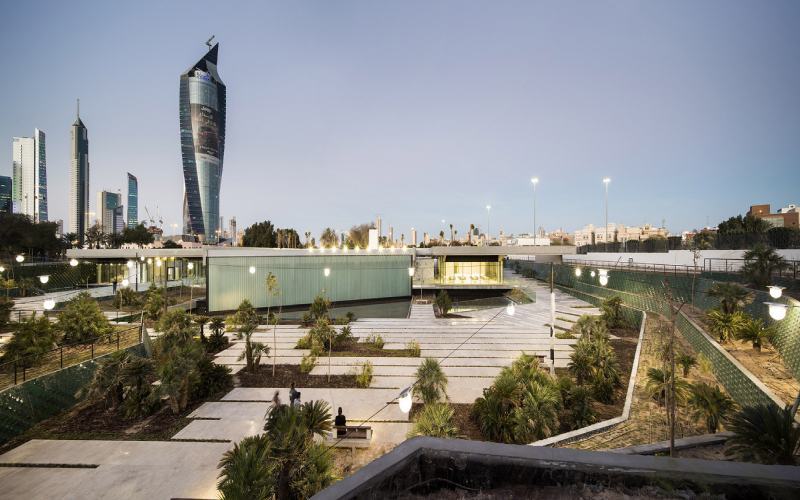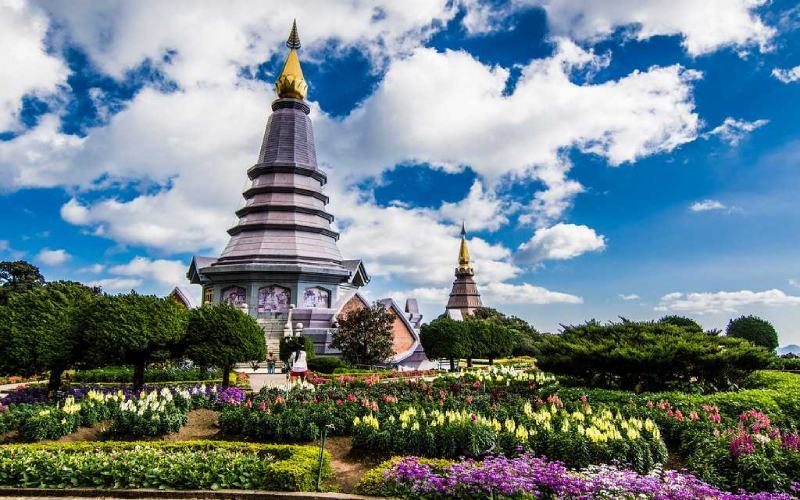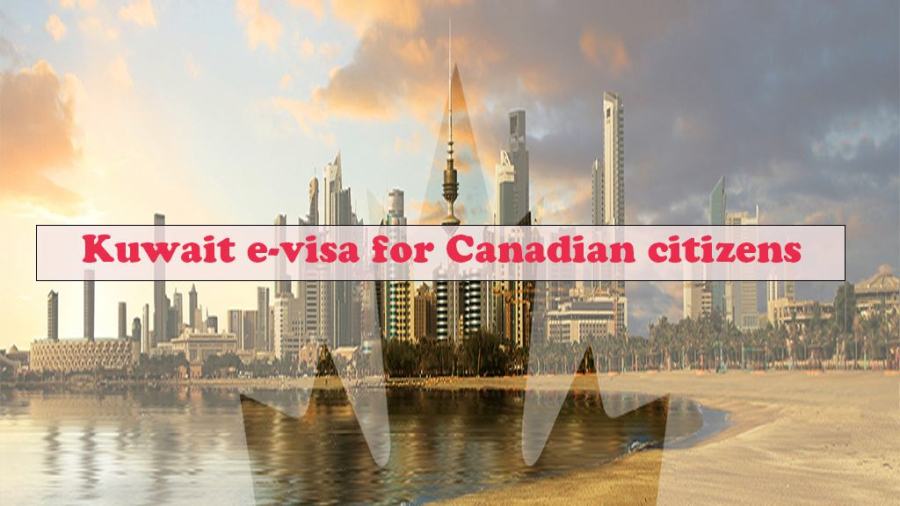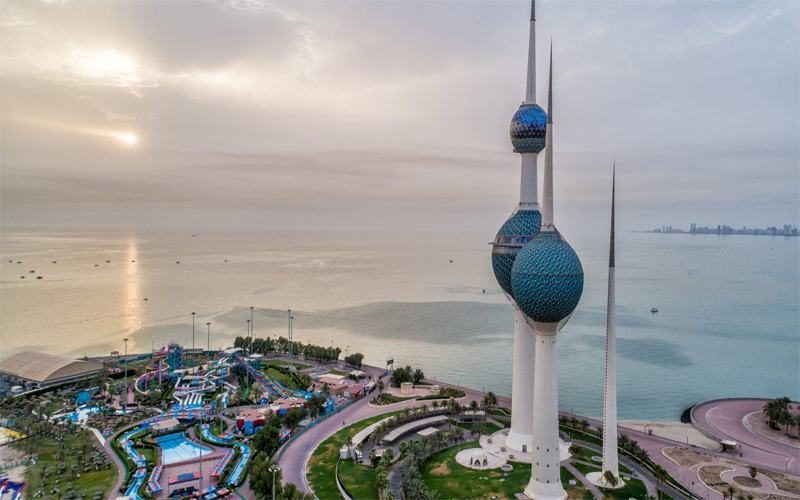1. Lunisolar Nature Of The Thai Lunar Calendar
The Thai lunar calendar, known as (Patithin Chantarakhati) in Thai, is lunisolar, which means it incorporates both lunar and solar elements.
This implies that, while the phases of the moon define the months, the calendar also takes the solar year into account to keep the calendar in sync with the seasons.
The Thai lunar calendar is able to maintain a steady link between the moon and the sun because of this unusual mix.
2. The Thai Lunar Calendar Approximates The Solar Year
One of the most intriguing elements of the Thai lunar calendar is how well it corresponds to the solar year.
The Thai lunar calendar is adjusted to assure alignment with the solar year by including an extra month known as an intercalary month, or Adhikamasa (), every two to three years.
This change contributes to the calendar’s accuracy and prevents substantial alterations in the dates of important cultural events and festivals.
3. Thai Buddhist Era (BE) And Conversion To The Gregorian Calendar
The Thai lunar calendar is 543 years ahead of the Gregorian calendar and is based on the Thai Buddhist Era (BE).
2023 in the Gregorian calendar, for example, corresponds to 2566 in the Thai Buddhist Era.
Simply subtract 543 from the BE year to convert a BE date to a Gregorian date. This conversion is necessary for comprehending historical events and their significance in Thai history.
4. Number Of Months And Their Lengths
The Thai lunar calendar is divided into 12 months, each of which lasts between 29 and 30 days.
The months alternate in duration, with odd-numbered months having 30 days and even-numbered months having 29.
This arrangement keeps the lunar year in line with the moon’s phases, which take around 29.5 days to complete.
5. Intercalary Month (Adhikamasa Or Adhik Mueang)
As previously stated, the Thai lunar calendar includes an intercalary month known as Adhikamasa () or Adhik Mueang () to preserve alignment with the solar year.
This extra month is added every two to three years, usually after the eighth lunar month.
This modification guarantees that the calendar remains accurate and prevents large adjustments in the scheduling of Thailand’s major cultural events and festivals.
6. Normal Month And Leap Month Lunar Years
A year in the Thai lunar calendar can be either regular or leap, depending on whether an intercalary month is added.
A regular year has 12 months and 354 days, but a leap year has 13 months and 384 days.
The Thai lunar calendar, by integrating the intercalary month, maintains a near approximation to the solar year, lasting around 365.25 days.
7. Lunar Calendar Days Number
Each day in Thai calendars is assigned a number based on its position within the lunar month.
The numbering system starts with the first day of the waxing moon (วันขึ้น; wan kheun) and ends with the last day of the waning moon (วันแก่; wan kae).
This numbering system allows Thai people to easily track the progression of the lunar month and plan events or activities around the moon’s phases.
For example, the full moon (วันเพ็ญ; wan pen) typically falls on the 15th day of the waxing moon, while the new moon (วันจันทร์; wan jan) is usually on the 15th day of the waning moon.
By understanding the number of lunar calendar days, Thai people can align their cultural and religious practices with the natural lunar cycles.
8. Use Of The Thai Lunar Calendar On Buddhist Holidays
Thailand is primarily a Buddhist country, and significant Buddhist holidays are determined by the Thai solar calendar.
For example, Visakha Bucha () celebrates the Buddha’s birth, enlightenment, and death and is commemorated on the full moon of the sixth lunar month.
Similarly, Asalha Bucha (), which commemorates the Buddha’s first sermon, is observed on the full moon of the eighth lunar month.
Thai people can observe these holy days by the moon’s phases by following the lunar calendar, which is an important aspect in Buddhist tradition.
9. Auspicious Days For Life Events
The lunar calendar is also employed in Thai culture to identify auspicious days for important life events such as marriages, housewarmings, and religious celebrations.
Thais frequently seek the advice of monks or astrologers to assist them select the most ideal dates for these festivities depending on the lunar cycle.
This tradition reflects the concept that the phases and placements of the moon can impact the success and harmony of these important occasions.
10. Songkran: The Thai New Year
Songkran, or Thai New Year, is Thailand’s most important event.
Although it is established by the Thai solar calendar rather than the lunar calendar, it is worth mentioning because to its importance in Thai culture.
Songkran, which is celebrated from April 13th to 15th, celebrates the beginning of the new solar year and is noted for its boisterous water-splashing activities.
This joyful festival brings families and communities together in a spirit of rebirth and community.
11. Loy Krathong: Festival Of Lights
Loy Krathong is a lovely Thai event that takes place on the full moon of the twelfth lunar month.
During this magical celebration, individuals release miniature, artistically adorned floats known as krathongs () into rivers, canals, and ponds to honor the goddess of water and request forgiveness for any wrongdoings.
The event represents the release of bad feelings and the beginning of a new life. It’s a moment for introspection and appreciation for the wonders of life.
12. a major lunar festival
In addition to Loy Krathong, several other lunar festivals are incorporated into Thai culture.
These events often revolve around the full moon and mark an important moment in the Thai Buddhist calendar.
An example of such a festival is Makha Bucha.
It celebrates Buddha’s teachings on the fifteenth day of the third lunar month.
Also, the Burmese festival of light, Tadingyut, celebrates the end of Lent in Buddhism on the fifteenth day of November in the lunar calendar.
The festival shows the rich tapestries of Thai cultural heritage and the importance of the lunar calendar in Thai people’s lives.
13. the full moon and the holy day of Buddhism
The holy day of Buddhism, known as Wanfra, is observed in the full moon, the crescent moon, and the second quarter of the lunar calendar every month.
This holy day is important in Thai Buddhism because it is dedicated to spiritual practice and reflection.
These days, many Thai Buddhists visit temples to build merit, meditate, and listen to monks’ teachings.
The lunar calendar helps Thai people keep track of this important day and maintain spiritual practices in harmony with the moon’s status.
14. Thai astrology and lunar calendar
Thai astrology is deeply related to the lunar calendar. The moon’s status and location are thought to have a powerful impact on human life and events.
Astrologers often make fortunes by referring to the lunar calendar and predict an individual’s auspicious or sinister period based on his or her birth date.
This ancient wisdom helps Thai people explore life’s challenges and make informed decisions in harmony with the universe.
15. Official Recognition of the Royal Thai Government
The Thai royal government officially recognizes the Thai lunar calendar with the Thai solar calendar to preserve the country’s cultural heritage.
Government offices, schools and other institutions observe holidays and anniversaries based on the Thai lunar calendar.
This ensures that this long tradition remains an integral part of Thai society.
16. Thai lunar calendar with modern Thai birth certificate
As proof of the continuing importance of the Thai lunar calendar, the Thai birth certificate includes both the Gregorian calendar and the date of birth of the Thai lunar calendar.
This practice ensures that future generations of Thais can maintain their cultural roots and connections while respecting their ancestral wisdom and heritage.



